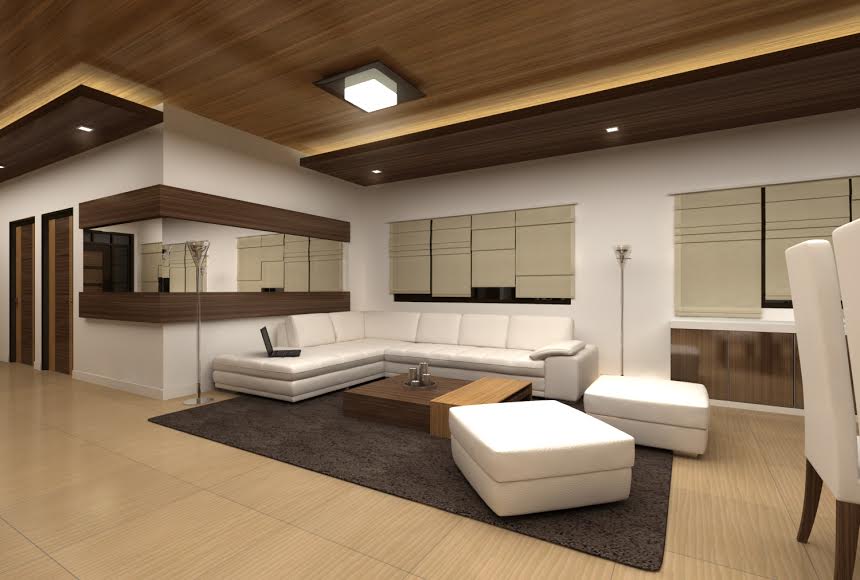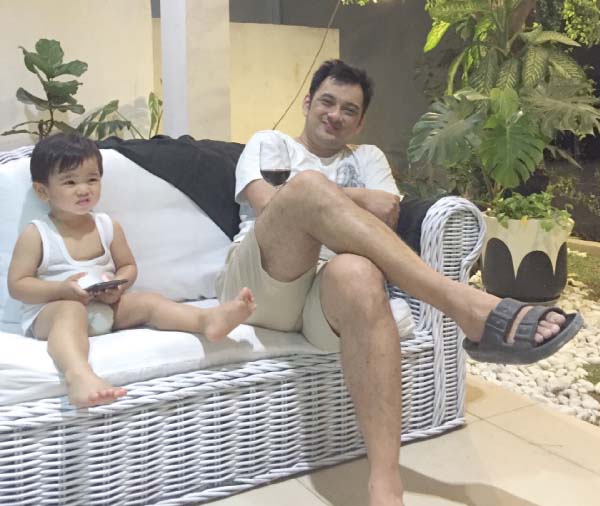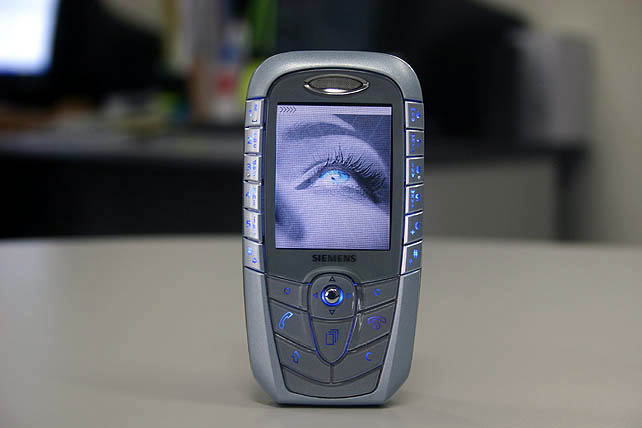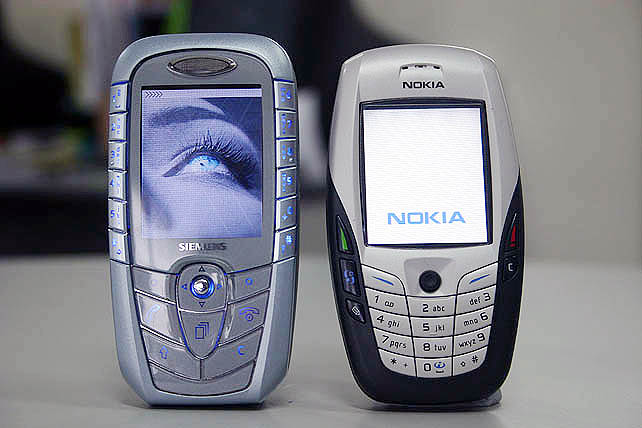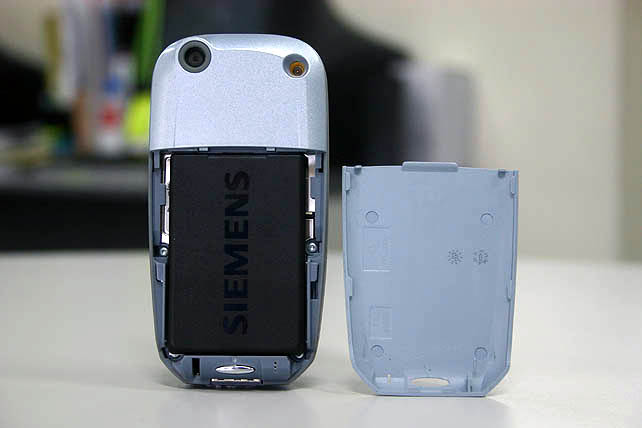The decision to sell your home is one of the most critical financial decisions you will ever make. It can provide you with the capital you need to dedicate new ventures such as investing in a new property or amplifying your savings. Many home sellers in Florida are thrilled with the profits they earn from selling in today’s market, but frustrated that 6% of the payoff from the resources they have devoted to improving their homes is squandered on costly commission fees.
Selling your home by owner online is a great way to maximize your profits, but the process can become costly if not prudently executed. When marketing your home online, the MLS and social media are some of the best platforms for attracting potential buyers. Innovative companies like beycome can help you list on top real estate sites, acquire legal forms and documents, and obtain a comparative market analysis for a low flat fee. You will want to highlight inviting photos, neighborhood novelties, and proximity to local attractions when advertising. What are some fantastic ways to help your home stand out? Here are some ideas:
1. Take Stunning Photos
If you are planning to snap your own pictures, your cell phone will not do the trick. It pays to invest in or borrow a wide-angle camera, as it will help potential buyers get a realistic feel for the size of rooms and spaces. Investing in extra flashes, a tripod, and light stands will also provide you with the ability to take professional images that showcase your home’s natural charm. You will want to choose a day when rooms are lavishly permeated with natural light, and avoid artificial illumination that will detract from it. Glare can also wash out a room, so you will need to choose a time of day where there is abundant sunlight that is not overwhelming. You will need to declutter each room and remove accessories such as magnets from the refrigerator, holiday decorations, or family photos. Buyers want to imagine themselves living in your house. Take care to arrange your room to appear comforting, open, and stylish. If you don’t trust your own eye for design, a professional photographer can provide staging know-how and qualified equipment for the price of one scheduled shoot.
- Take Classy Videos
If you want a professional-looking video that canvasses a room like an admiring guest, it is a good idea to invest in equipment such as a DSLR camera with a wide-angle lens and a tripod with a slider. This will allow you to survey the room with smooth, even motion and spacious angles. As with your photos, be sure the rooms you are filming are free from clutter and staged in a welcoming manner. YouTube videos do very well online, and posting them on social media sites like Facebook and Instagram will increase the likelihood that home-seekers will call you for a showing.

- Post on Social Media
Much of social media is visual, so if you are investing time and money into creating a great video you will attract clicking fingers in no time. Joining local community groups is a smart idea, as chances are that folks residing in the village have friends who would be interested in viewing an attractive, well-priced home in the neighborhood. Facebook ads can reach many potential buyers for as little as $5 a day. On sites like Instagram and Pinterest, professional images are more likely to be shared if they are linked to home-beautification categories, such as boards on Pinterest or hashtags on Instagram dedicated to bathroom design or patio furniture.
- Work Your MLS
Serious buyers will definitely be checking homes in their price range on MLS regularly, so this makes it a great place to start when looking to sell your home without an agent. Find homes in your community with similar bedrooms, bathrooms, and apparent needs for repair. Look at the proximity to major highways, office parks, shopping and entertainment in your town. Are there homes with similar offerings to yours, and what is their asking price? Which homes in the area have sold in the past three months, and what was their price point?
When listing your home on the MLS, you will want to talk about distinguishing attributes in your description. What about your home makes it unique to the area? Is it the extra family room, closet space, or access to a local swimming pool? Be sure to pinpoint exactly what sets your home apart. Families and singles will be drawn to the way of life you are selling, as well as the physical structure of your home. Strengths such as the school district, neighborhood watch, or community clubs should not be overlooked.
- Ask For Advice
Who doesn’t like to give their opinion? When posting your photos and videos online, ask family and friends to say what they liked or would improve about the ad. Folks will view it before they respond to you, which could lead to them sharing it with potential buyers. Post with comments such as “Hey guys, just sharing before I list this. Let me know what you think.†You may get some offers from buyers looking for properties in hot neighborhoods before they go on the market.
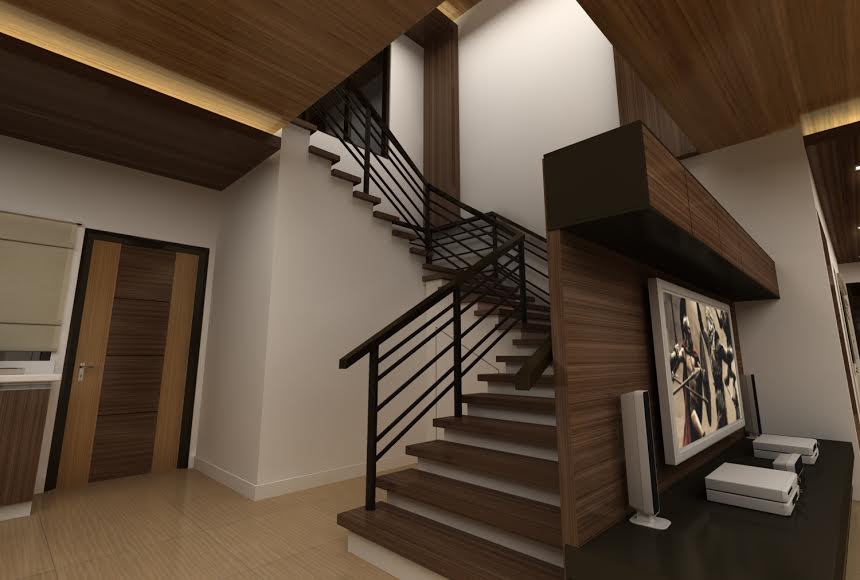
- Use Your Community
Are you a member of a church, Lions Club, or government group? If you reach out to these communities through email or social media with photos and videos of your listing, you are casting a wider net than your immediate circle while remaining a credible resource. Those heartily involved in a community will be more likely to know folks who are looking to move in, and can pass your listing along with a word-of-mouth recommendation.
- Have a Little Confidence
If you have priced your house well, taken fetching photos, and posted crackerjack videos, your home will sell to the right buyer in a short amount of time. And you can hold your head high knowing that you are keeping 6% more of your profits by selling your home independently online.
